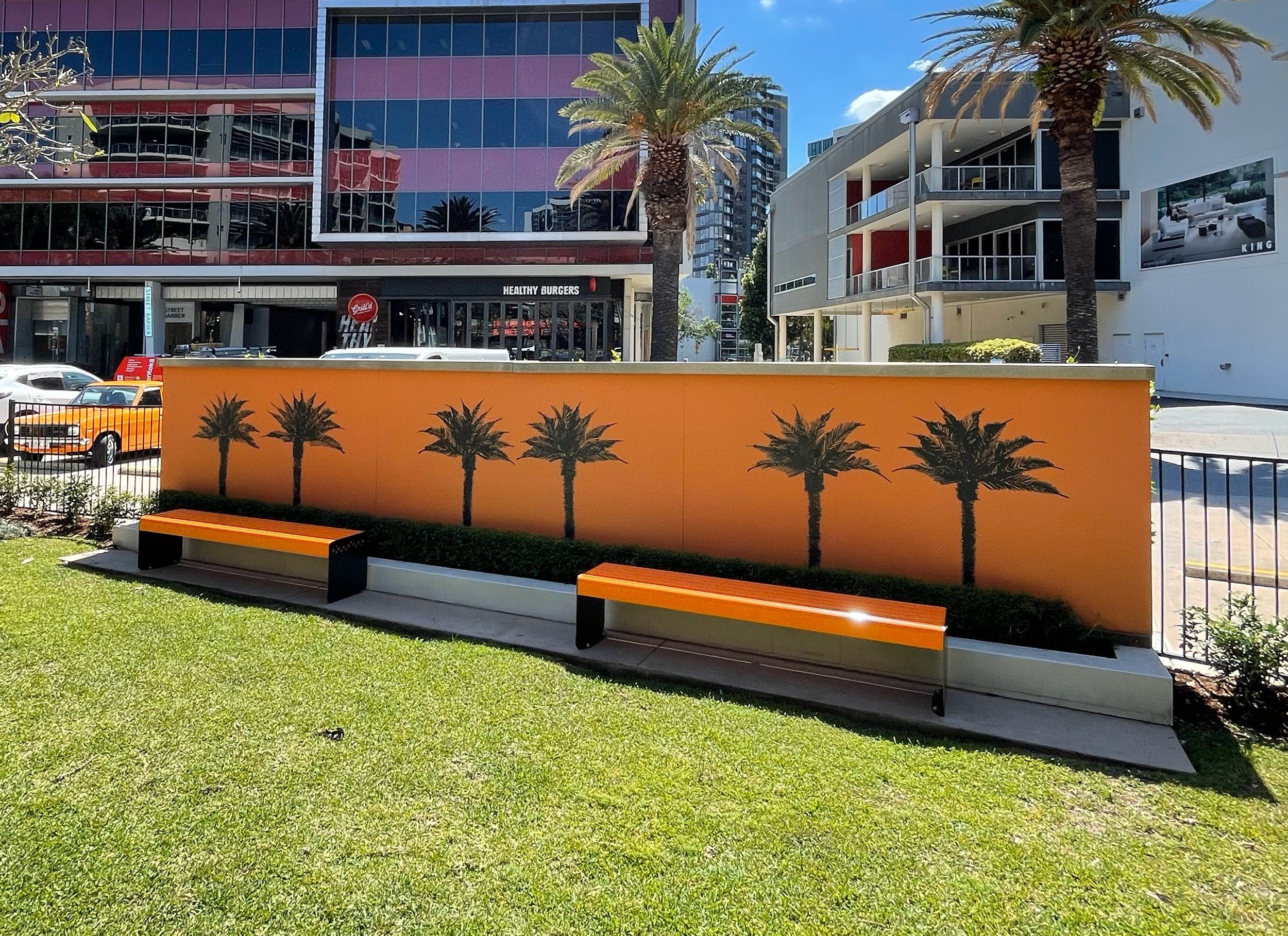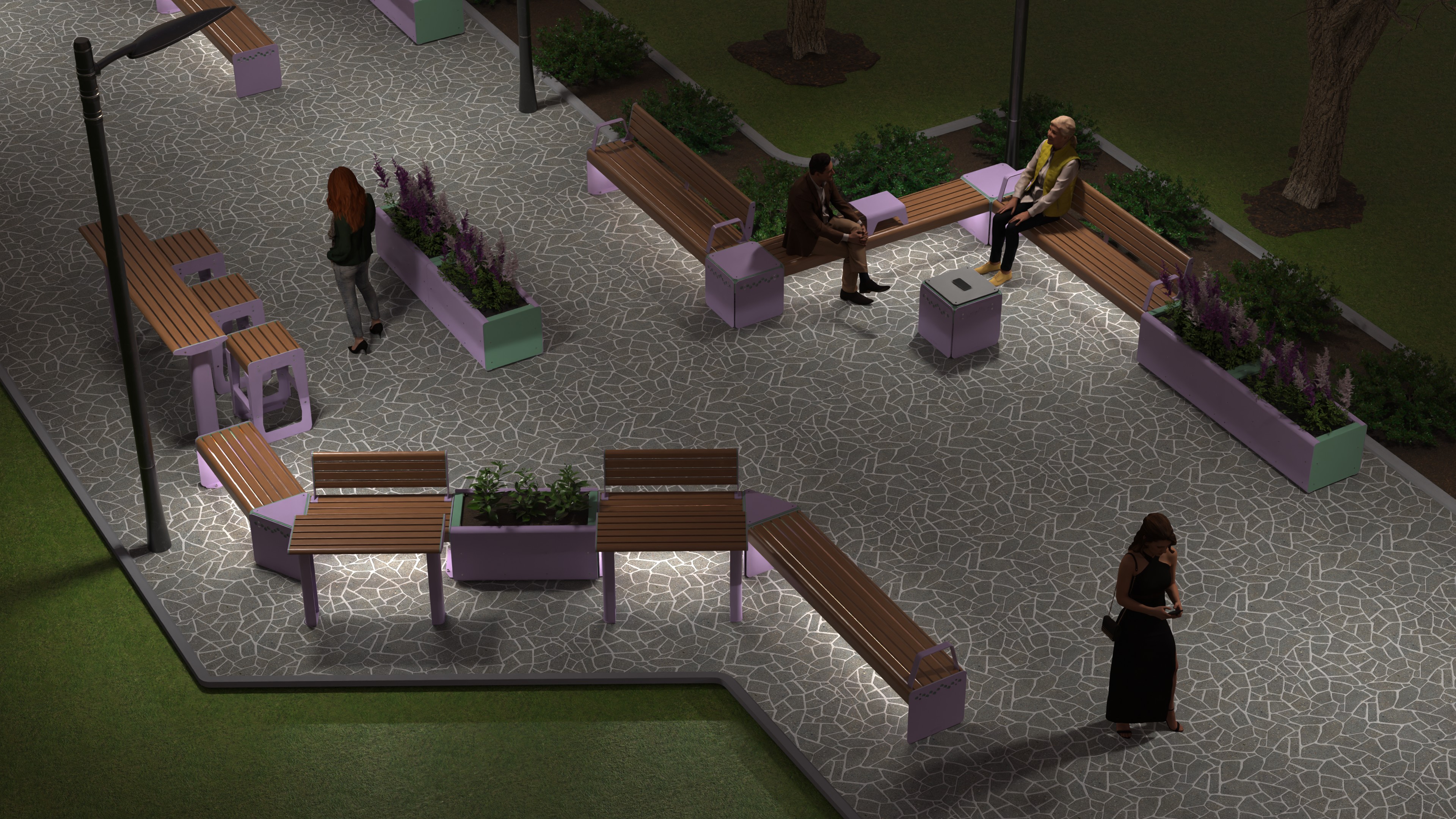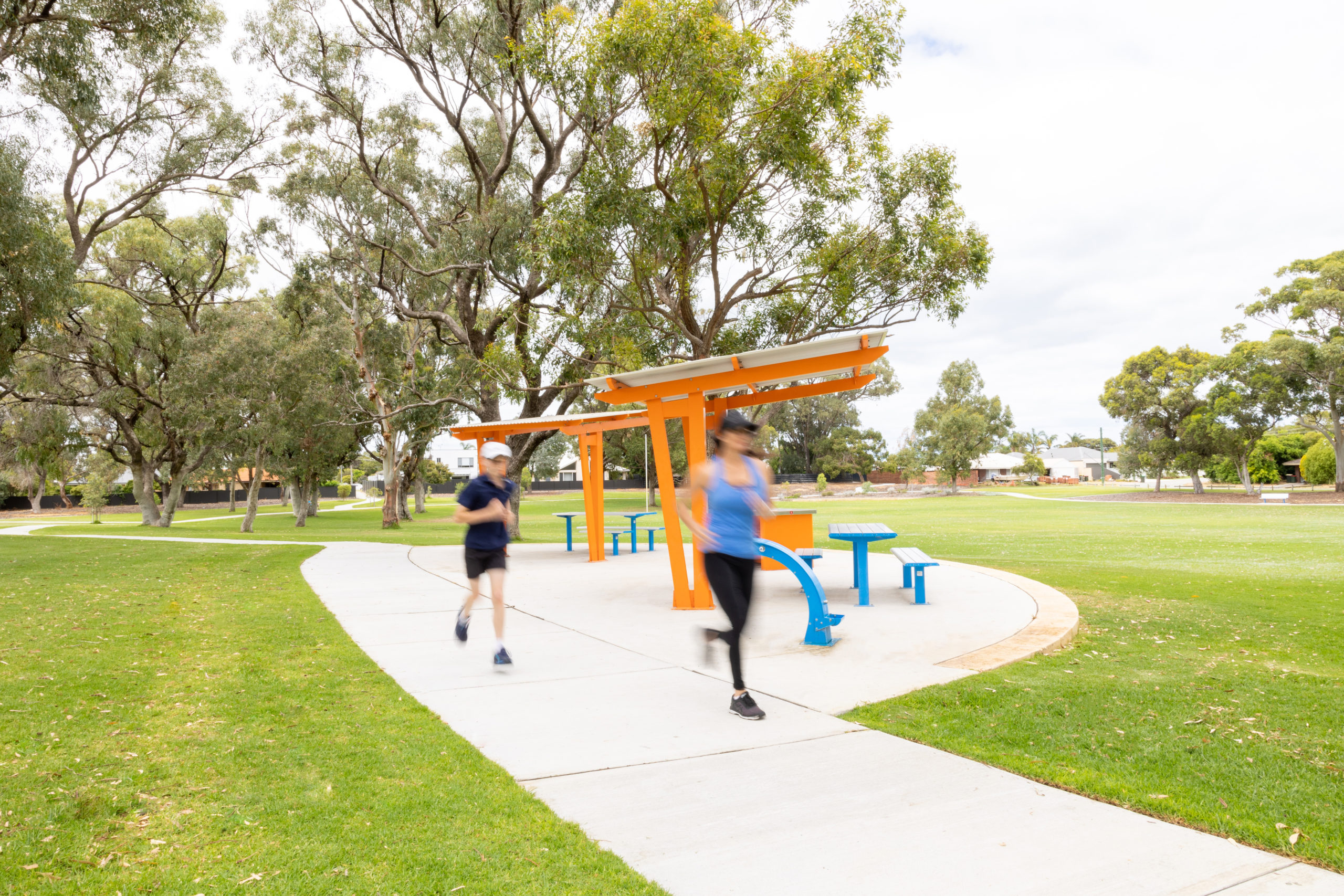May 17, 2022
“Everyone should feel included when they’re in a public space”, states the NSW Department of Planning & Environment. The department has developed the NSW Public Spaces charter, a new initiative that aims to support the “planning, design, management and activation of public spaces in NSW”.
Using the “best evidence-based research [and] discussions with public space experts across the world”, the 10 principles were developed to “support all those who advocate on behalf of, provide advice on, make decisions about, or plan, design, manage and activate public spaces in NSW”.
“Public space is where life happens”, says Dr Caroline Butler-Bowden, the Executive Director for Public Spaces in the Department of Planning, Industry & Environment. “We are asking people to think about these principles when you design, plan, manage and activate public space. Public space belongs to everyone and it’s critical that these principles meet the expectations of the NSW community.”
As part of the 10 principles, the NSW Department of Planning & Environment encourages developers to engage with diverse communities to “plan, manage and activate public space”, including youth, First Nations, people with disability, those experiencing homelessness, and people from diverse cultures, in order to create spaces that engage groups that may have felt excluded in the past.
The charter is built on values of building a connection to Country that will promote healing for Aboriginal communities, creating spaces that promote quality and inclusion for people of all ages, abilities and cultures, and will support a community that is encouraged to “participate, prosper and reach their potential”.
While these 10 principles are a blueprint for the development of public spaces in NSW, they can be used by all states as a guideline to build or redevelop spaces that are welcoming for all.
The 10 Principles for Public Space
1. Open & Welcoming
“Not all public space can meet every need – but linking public spaces and providing them in all areas will create a connected network of spaces that work together.”
The first principle Open and Welcoming, relates closely with new initiatives surrounding the creation of accessible spaces. It prioritises the development of spaces that provide experiences for all, including seating, shade, shelter, inclusive playspaces and accessible toilets. Additionally, it promotes accessibility of the space itself, from open areas to clear entrances and exits, and offering the ability for people to get to the space via foot or bike.
2. Community Focused
“Public space brings people together and builds strong, connected and resilient communities.”
Public spaces should be Community Focused, reflecting and embracing the needs of the local community, including those who are often unrepresented or struggle to be heard.
These spaces should allow people of all ages, abilities and cultures to connect and interact in a friendly and open environment. “Public spaces should allow free expression, collective action, public debate and opportunities for people of all backgrounds to feel they’re part of their community.”
3. Culture & Creativity
“Think about how arts and culture bring people together – public spaces with a rich cultural and creative offering are more enjoyable and distinct. More people will want to live or work near these places and spend time there.”
Public spaces provide an avenue to showcase local Culture and Creativity. As part of this principle, Aboriginal people should be allowed to access public spaces in order to engage in any practice that connects them to their culture, Country and Dreaming.
When developing public space, the history and opportunity of the area should be considered, including its surrounding parks, lanes and pathways that can be used to showcase additional art and culture in the form of creative projects and activities.
4. Local Character & Identity
“Maintain the character and quality of heritage in public spaces so that all generations will understand the history of a place.”
Public spaces should reflect the Local Character and Identity of the community, from the diverse cultures to the history of the space. When developing a public space, the question “what value can this bring to the community?” should be asked. Consider what facilities can provide to meet the cultural needs of the community, and what they can represent about the Australian heritage of the space.
5. Green & Resilient
“Public space connects us to nature, enhances biodiversity and builds climate resilience into communities.”
The most effective public spaces are those that are Green and Resilient to the harsh Australian climate. These spaces connect ecological systems to greenspaces, bushland, water and wildlife corridors where native flora and fauna should be given priority.
Aboriginal practices surrounding the knowledge of land management should be incorporated into public spaces in order to provide education about caring for Country and protecting our native biodiversity.
Green infrastructure and amble greenspace will reduce the urban heat island, improve air and water quality, and provide havens for native wildlife. They can also mitigate the impact of natural disasters, including fires and floods.
6. Healthy & Active
“Always consider what children – and their families – need from public space.”
It’s important to create public spaces that encourage a Healthy and Active community. From plenty of bushwalking and hiking trails, to an abundance of cycling and walking pathways surrounded by native greenery, urban public spaces can be transformed into community-forward hubs of health and wellbeing.
This doesn’t only surround parks and bushland, but also includes streets and pedestrian areas – places where people gather to meet up with friends or enjoy a solitary cup of coffee. These spaces should be optimised for physical activity and should encourage walking and cycling.
By creating spaces that encourage activity, such as walking and exercising, community health and wellbeing can be improved and the overall rates of cancer, heart disease, diabetes and depression can be reduced.
7. Local Business & Economies
“Think about how public space works with other buildings and other activities, so that people will form more of a connection to place.”
Activated public spaces support Local Business and Economies through an abundance of dining and retail options, to popular tourist attractions, markets, events and performances. By engaging communities with an exciting array of attractions, local businesses are supported and the economy is boosted.
Additionally, it’s important to ensure that these spaces are still safe and welcoming after dark. Creating spaces that can remain vibrant and fun for as much of the day as possible creates a significant boost to the local economy, and to the activation of a public space.
8. Safe & Secure
“Crime-prevention design will make places and spaces feel safer, so long as this is done in a way that doesn’t strip public space of its distinctiveness or the elements people want to enjoy.”
Public spaces should feel Safe and Secure for everyone at all times of day and well into the night, from the elderly to children, and for people of all abilities. People tend to feel safer when there’s a greater variety of people around, particularly children, as it enables a welcoming, family-friendly environment.
When designing a safe public space, it’s important to engage with the local community – particularly those who are more likely to feel unsafe in certain spaces, such as women and cultural groups – in order to ensure that the space is a fun and welcoming haven for all.
These spaces should be well lit at all times with plenty of seating, eateries and family-friendly activities that encourage people to stay and have fun in a safe and accepting manner.
9. Designed for Place
“Design public space for the unique context, community and environment in which it is located, so that it serves the right purpose and suits how it will be used and who will use it.”
When a public space is Designed for Place it responds to the needs of the community and works in collaboration with the surrounding environment. This principle particularly revolves around the ideas of placemaking, where public spaces are built to serve the environment with maximum input from the community.
They should be a collaborative space that works in synergy with surrounding facilities, such as libraries, schools and theatres. It’s important to consider how the ground floor of a nearby building can extend into the outdoor space, such as through cafes, artistic laneways or seating areas. The space “should feel like a continuous network of pathways and experiences that are easy and safe for people to move around”.
10. Well-Managed
“Efficient and dynamic models of stewardship are built on shared ideas and community involvement. People will then feel more invested and willing to maintain, program, beautify and advocate for public space.”
All public spaces require management. When a space is Well-Managed it maintains its quality and its longevity by being flexible to the needs of the community.
Consider all users of the space and engage in data prediction to estimate how to ensure the space will be ready to adapt to growing community needs over time. It’s important to ensure that all communities are considered, including those of all ages and abilities, and all communities, in particular Aboriginal people and people experiencing homelessness.
Financial stability is also an important consideration, from how to minimise ongoing maintenance costs to using smart infrastructure and technology that can manage to the space more effectively.
To read the full charter and find out more about the 10 Principles of Public Space in NSW, visit the website here.
At GX Outdoors, we believe thriving public spaces are built on thoughtful design and robust outdoor furniture. Our Australian made street and park furniture includes park shelters, public BBQ’s, bin enclosures, bike racks, drinking fountains, park benches, modular seating and urban furniture, all designed to last. With solutions tailored for councils, architects and communities, we create sustainable, inclusive and vibrant public space furniture that brings people together outdoors.



 Back to News
Back to News 



